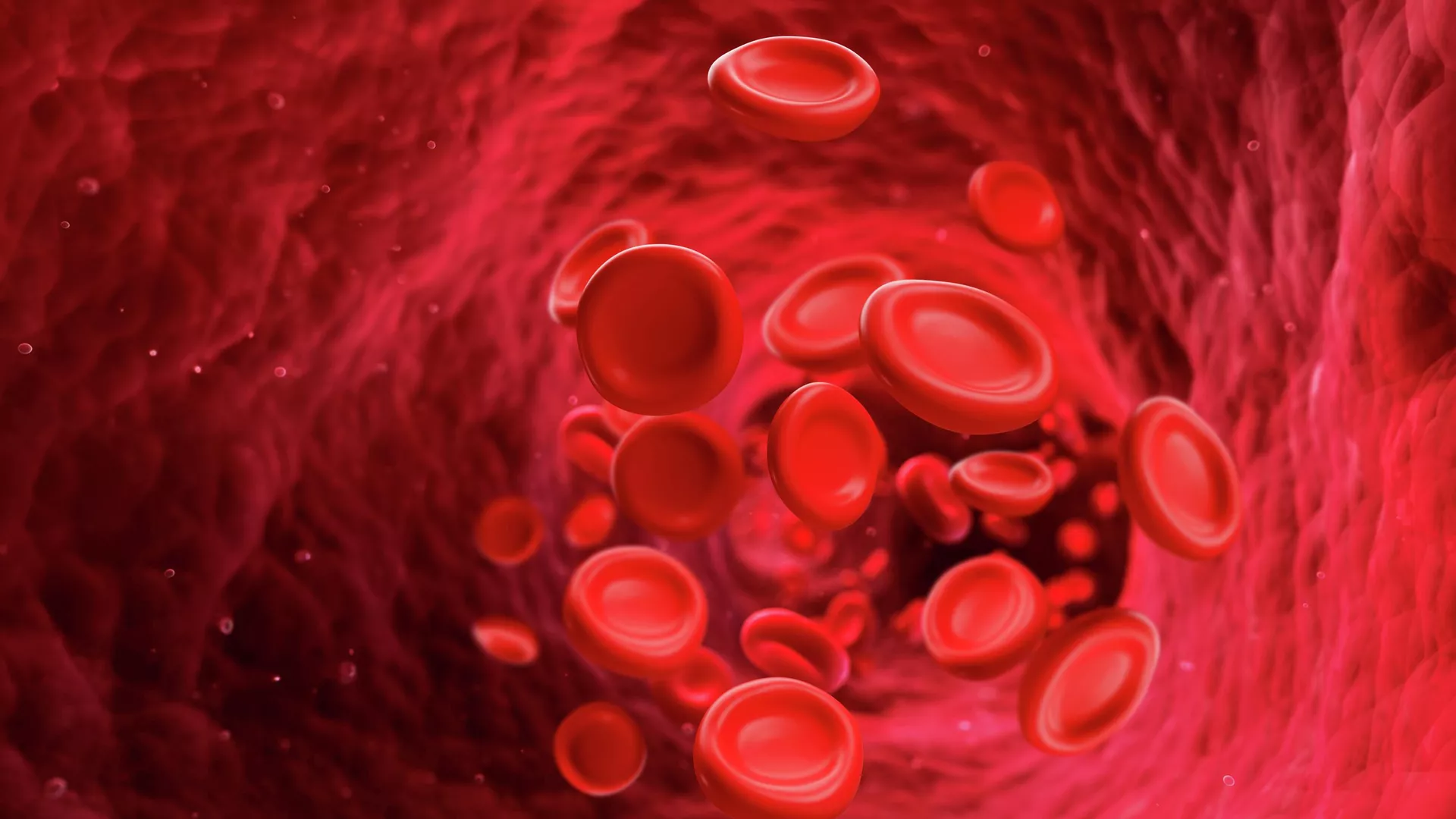
The optimal time window for experiments with human platelets is between two and four hours — no longer. This conclusion was reached by researchers from IKBFU, who studied platelet condition using Raman spectroscopy. The results were published in Spectrochimica Acta, Part A: Molecular and Biomolecular Spectroscopy.
Platelets are blood cells that play a key role in stopping bleeding by forming clots at damaged vessel sites. Their excess increases the risk of thrombosis, which can lead to heart attacks or strokes, while a deficiency results in bleeding. Raman spectroscopy makes it possible to obtain information about the biochemical composition of platelets and to detect early structural changes in the cells.
According to Elizaveta Demishkevich, a junior researcher at the Research and Education Center “Fundamental and Applied Photonics. Nanophotonics” of IKBFU, many scientists currently use this optical method to study cardiovascular diseases. She noted that the method is widely used and promising, constantly being refined by researchers, but it always involves working with biological fluids — particularly with platelets in platelet-rich plasma.
Based on materials from RIA Novosti, October 6, 2025
User profile for student
User profile for student
I give consent to the processing of the personal data provided, with Personal Data Processing Policy acquainted
Confirm consent